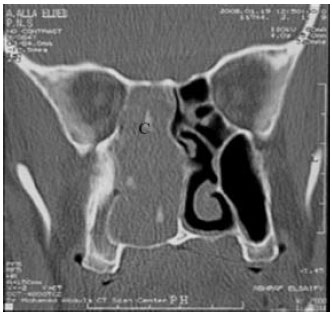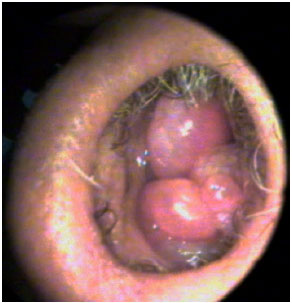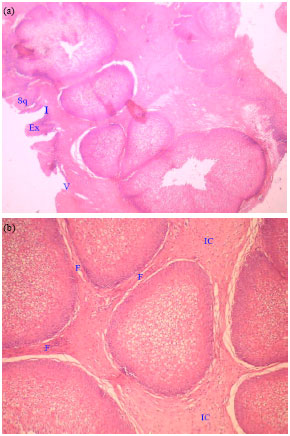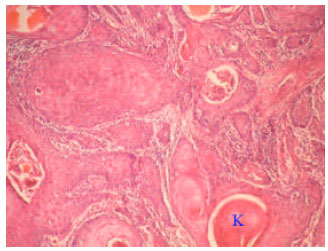Research Article
Applicability of Biomarkers for Differentiation of Inverted Papilloma Assigned for Endoscopic Surgery
Departments of Otorhinolaryngology, Faculty of Medicine, Al-Azhar University, Egypt
Ahmed Abd Elrahman Mahmoud
Departments of Otorhinolaryngology, Faculty of Medicine, Al-Azhar University, Egypt
Ahmed M. Abdelhady Elsheikh
Departments of Otorhinolaryngology, Faculty of Medicine, Al-Azhar University, Egypt
Hatem Salah Eldin Elhabashy
Departments of Otorhinolaryngology, Faculty of Medicine, Al-Azhar University, Egypt














